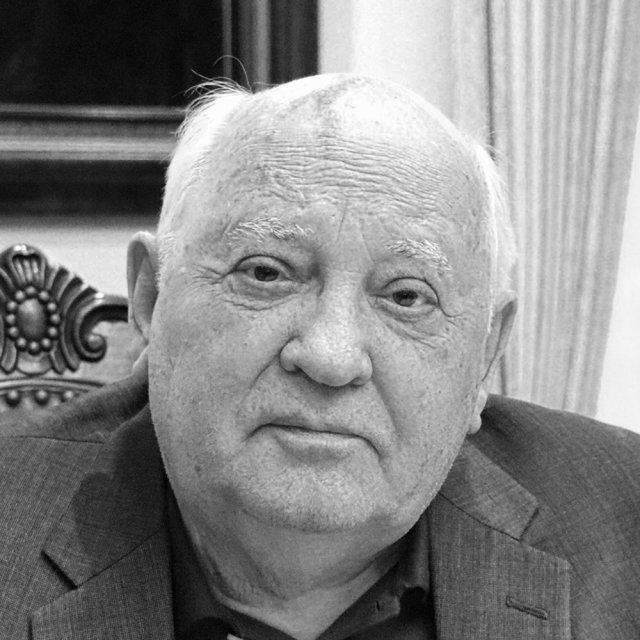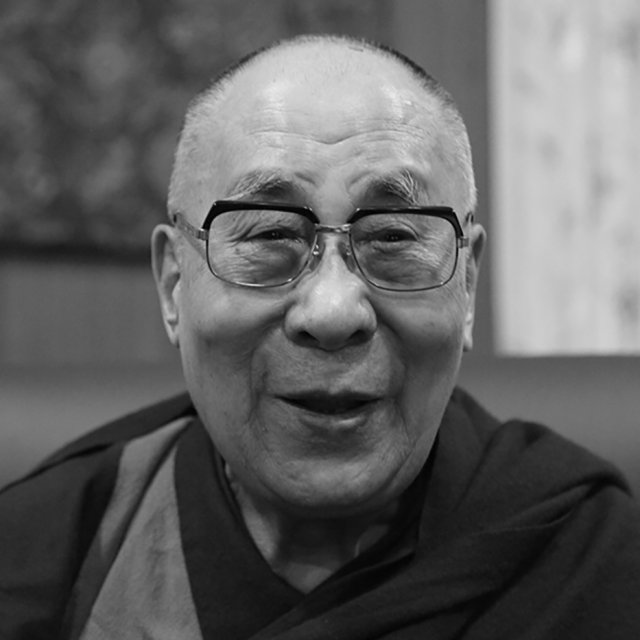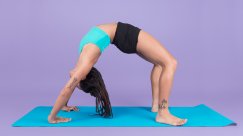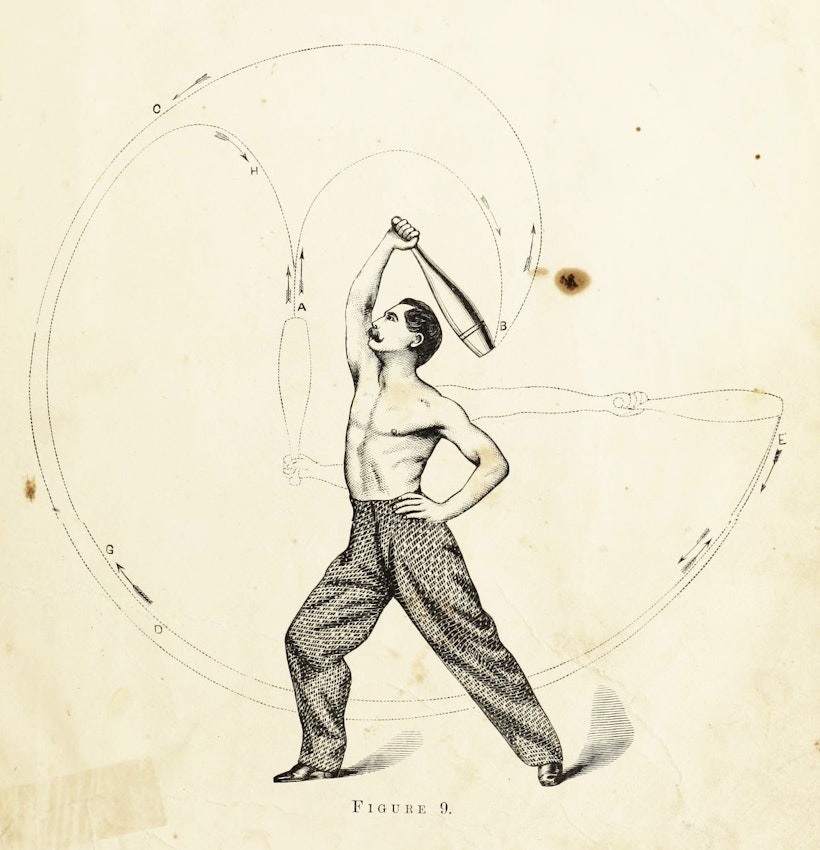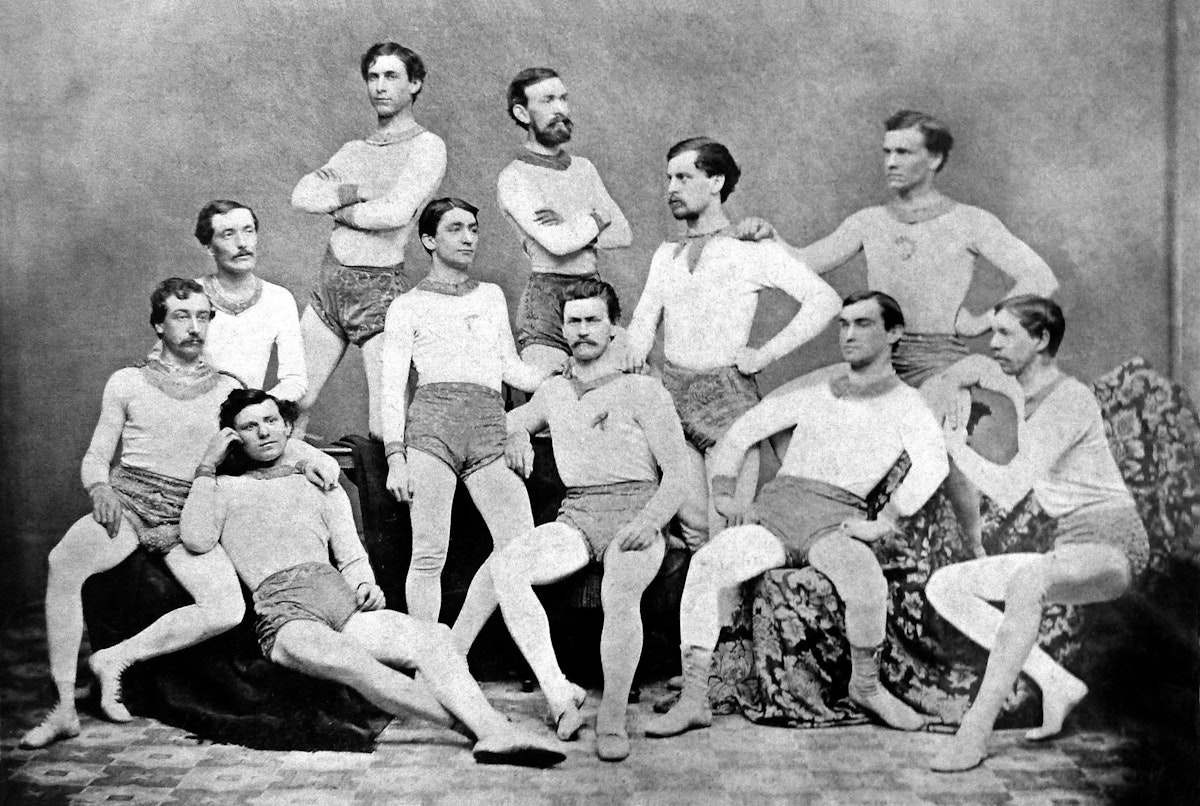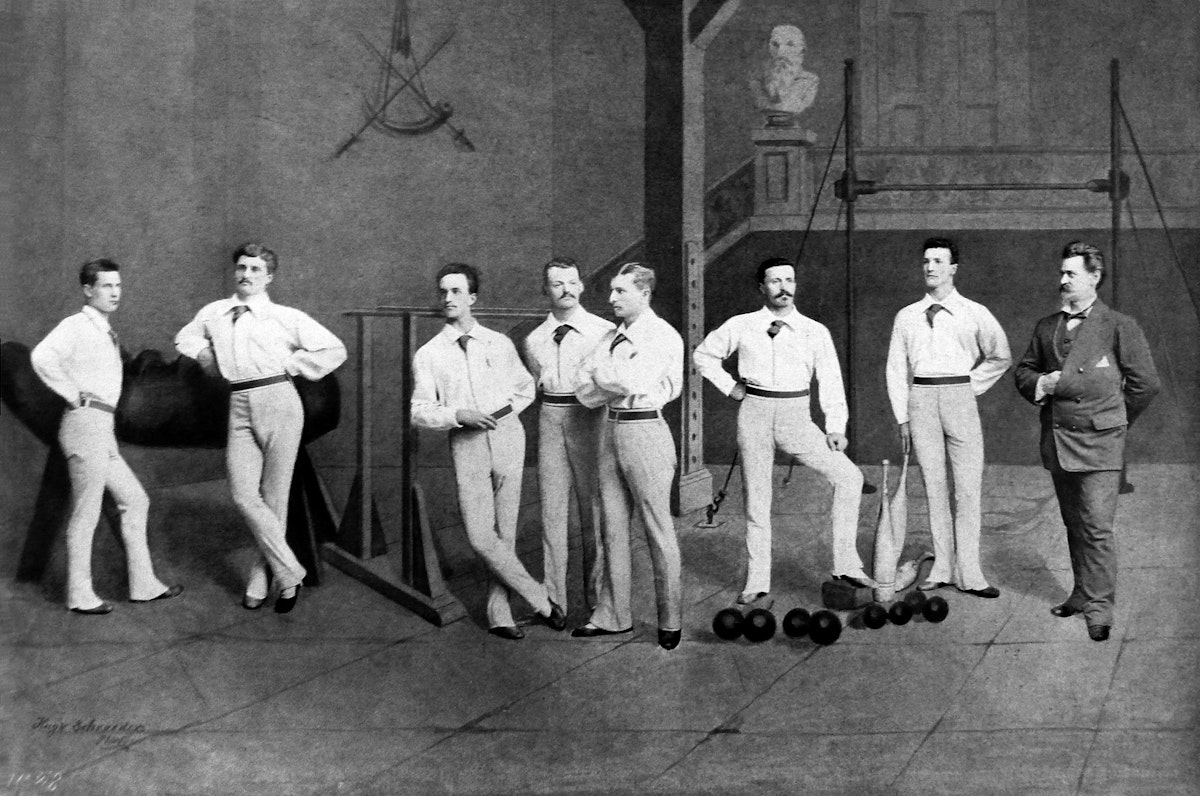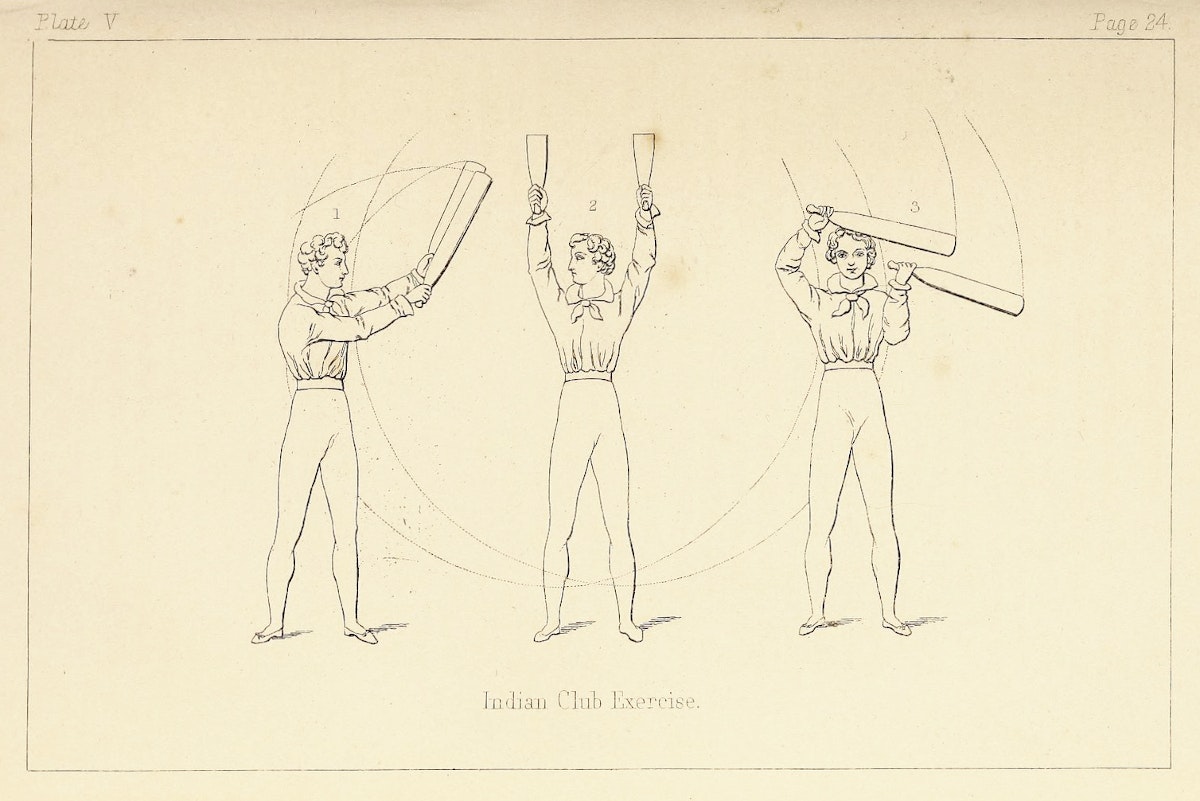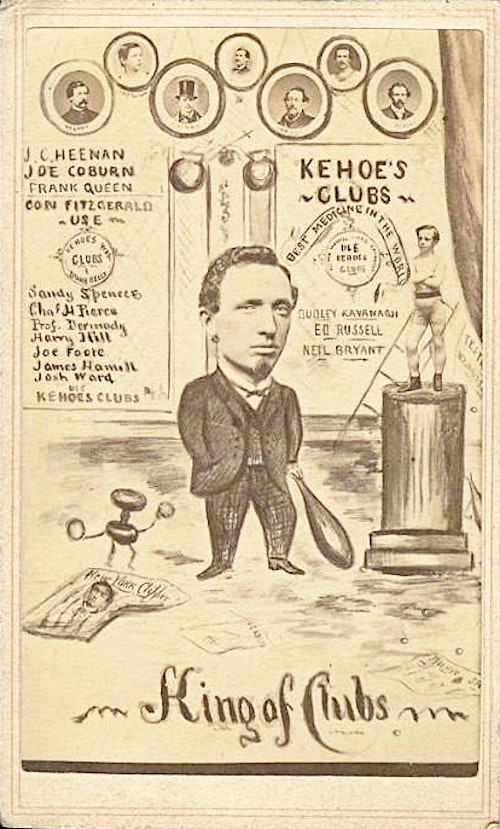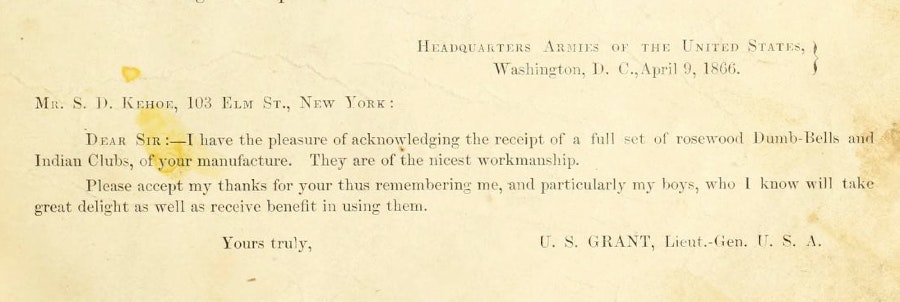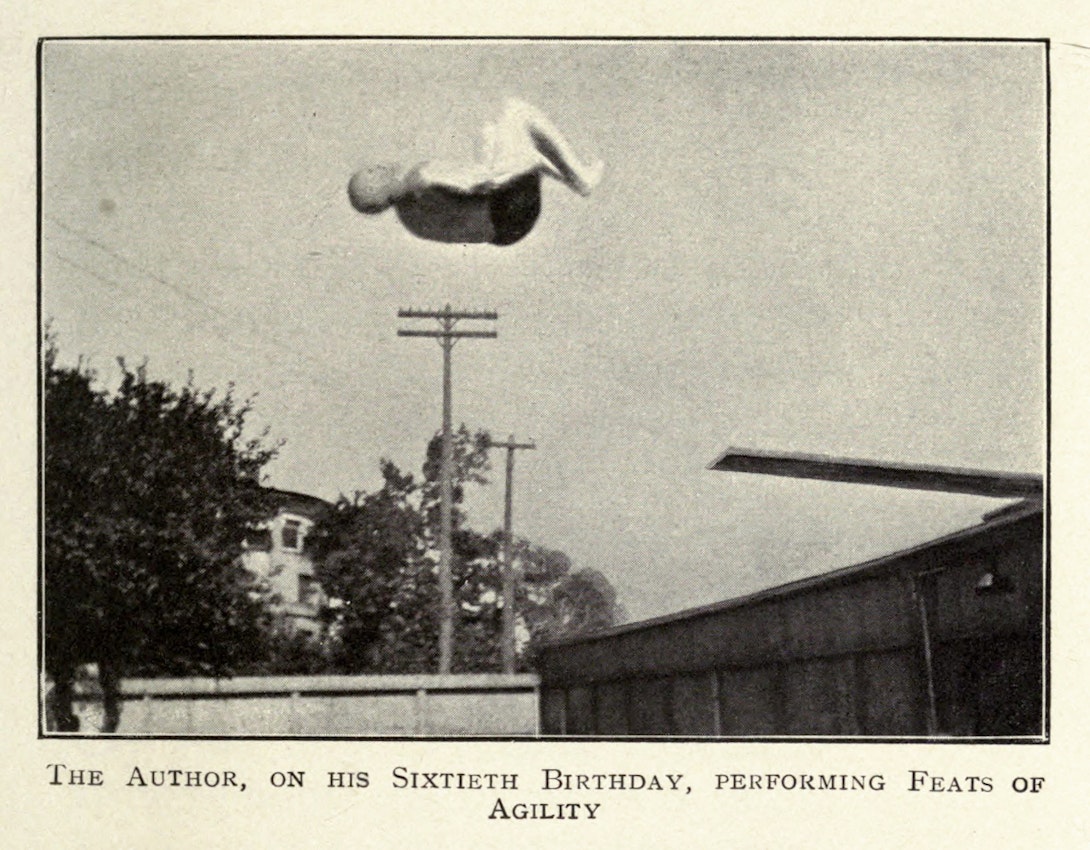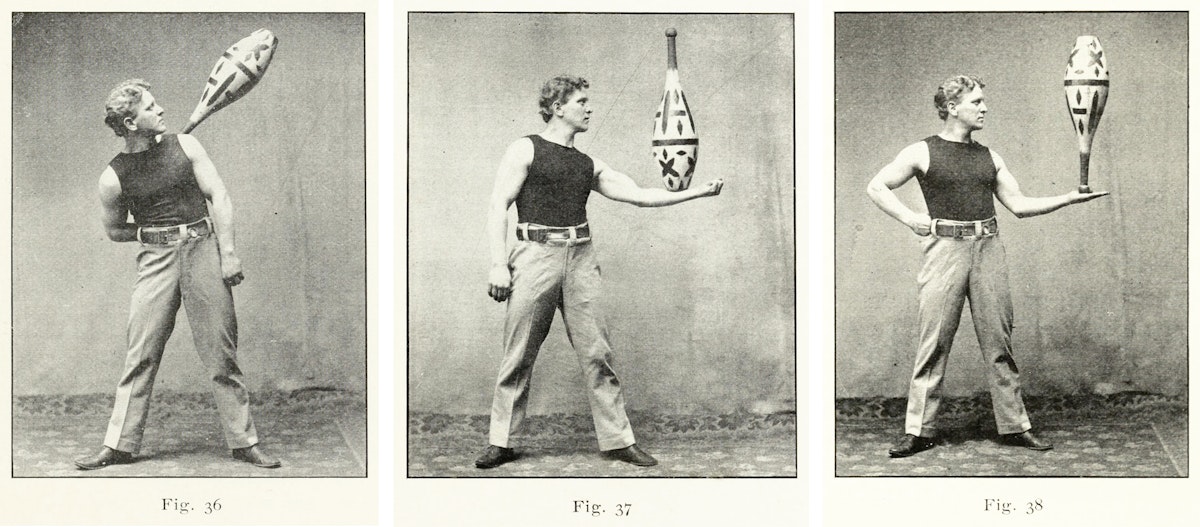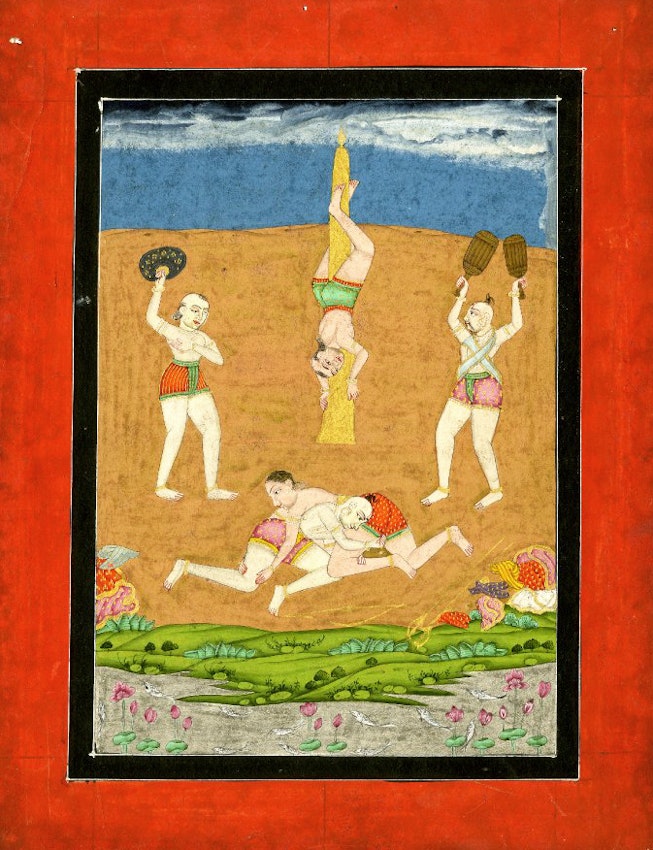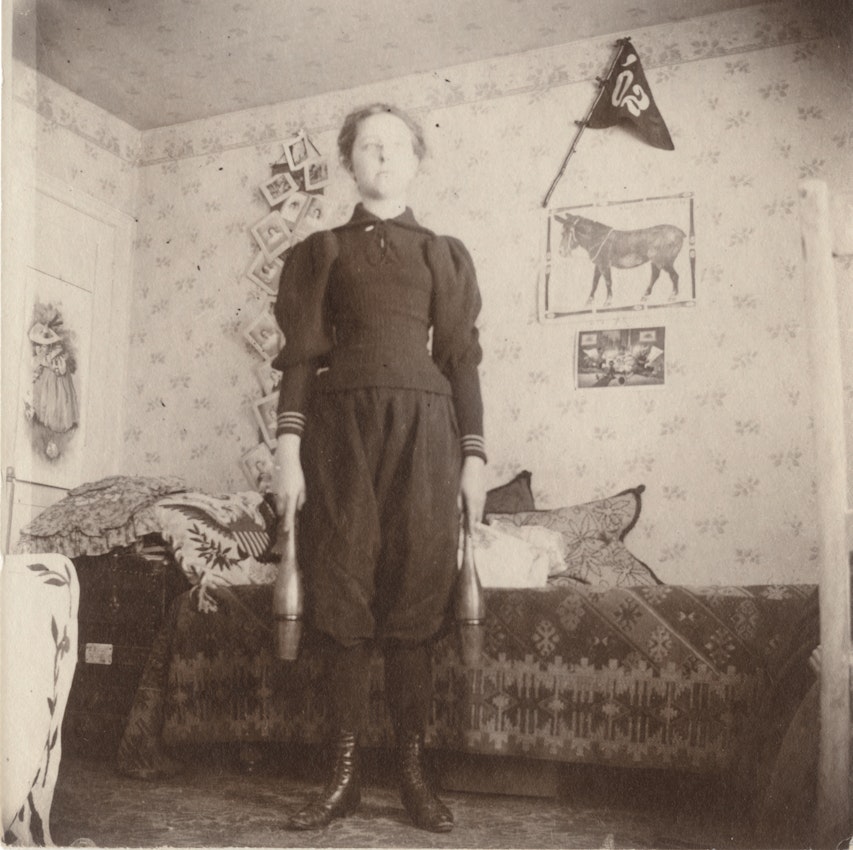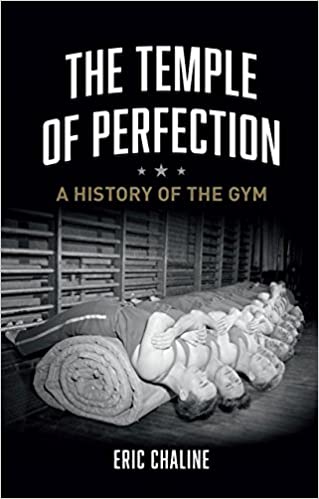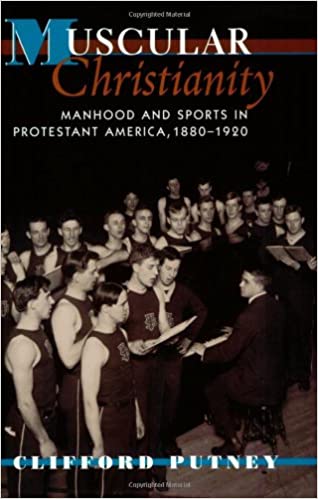This Blog AMICOR is a communication instrument of a group of friends primarily interested in health promotion, with a focus on cardiovascular diseases prevention. To contact send a message to achutti@gmail.com http://achutti.blogspot.com
Thursday, April 30, 2020
Morning workouts
finding time to exercise can be challenging, and the most important thing is to squeeze in any amount of it whenever you can. But if you want to optimize your workouts to get the widest range of benefits, you might want to try exercising in the morning.
Here’s what the science says about the best time of day to exercise — and what to expect if you opt for later workouts.
Morning workouts have an edge
Working out in the morning — especially on an empty stomach — is the best way to burn stored fat, making it ideal for weight loss. That’s largely because the body’s hormonal composition in the morning is set up to support that goal, says Anthony Hackney, a professor in the department of exercise and sport science at the University of North Carolina Chapel Hill.
“In the early morning hours, you have a hormonal profile that would predispose you to better metabolism of fat,” Hackney says. People naturally have elevated levels of cortisol and growth hormone in the morning—both of which are involved in metabolism—so you’ll “draw more of your energy from your fat reserves,” Hackney says. That can potentially help with weight loss. Research also suggests that morning exercisers may have less of an appetite throughout the day, which could also help protect them from putting on pounds.
This Is the Best Time of Day to Work Out, According to Science
Club
Eastern Sports and Western BodiesThe “Indian Club” in the United States
Although largely forgotten today, exercise by club swinging was all the rage in the 19th century. Daniel Elkind explores the rise of the phenomenon in the US, and how such efforts to keep trim and build muscle were inextricably entwined with the history of colonialism, immigration, and capitalist culture.
PUBLISHED
April 1, 2020
The oldest film included on the National Film Registry of the US Library of Congress features a pale boy calmly swinging a pair of wooden clubs, apparently as part of an exercise routine. Approximately twelve seconds long, Newark Athlete was directed by the Scottish inventor and early associate of Thomas Edison, William Kennedy-Laurie Dickson, in collaboration with cinematographer William Heise at Edison’s laboratory in West Orange, New Jersey, sometime in the late spring of 1891.
Though the wooden clubs brandished by the Newark athlete in this jumpy fragment are now a thing of the past, evidence of their influence can still be seen. John Quincy Adams Ward’s celebrated Indian Hunter sculpture, for example — first installed in New York's Central Park in 1868 — was partly modeled on a bodybuilder and club devotee named Frederick Küner, whose unusually defined physique was meant to imbue the bronze figure with mythic strength.1 The so-called “Indian clubs” credited for this defined physique may now seem like mere novelty items, but in the nineteenth century they were a staple of fitness routines and a familiar sight at athletic clubs across the United States. Unlike dumbbells and medicine balls, they also played a role beyond keeping the body trim. In England, suffragettes such as E. Sylvia Pankhurst carried them, along with long hatpins, in clashes with armed police: they proved particularly effective in getting police horses to abruptly sit down, dismounting the bobbies, and knocking off their helmets.
Looping GIF showing the 12-second Newark Athlete (1891) film in its entirety — Source.
The clubs swung by the Newark athlete, however, are a short and lightweight version developed primarily to supple the limbs, not to build muscle (or knock policemen off horses). Weighing in at around 1.5 lbs., these wieldy clubs were used mainly in early gymnastics competitions and exhibitions staged by various Turning societies — patriotic fitness groups that had their origins in early nineteenth-century Germany. These societies proudly promoted a collective, firmly Protestant spirit of fitness and graceful coordination (rather than sheer individual strength) through group routines often accompanied by music. Turning was the brainchild of an eccentric German schoolteacher named Friedrich Jahn, a nationalist who crusaded against the French and drew attention to himself by living in a cave and occasionally promenading through town in nothing but a bearskin. Also known as the “Turnvater”, Jahn had in turn been influenced by the pioneers of modern gymnastics, Johann Christoph Friedrich GutsMuths — author of the first gymnastics manual, Gymnastik für die Jugend (1793), which was concerned not only with how to exercise but also with why one should — and Johann Basedow, a philosopher and social reformer from Hamburg who advocated a more egalitarian approach to education, consisting of a practical curriculum conducted in the vernacular. As Jahn had envisioned, the Turner movement was highly influential and spread rapidly throughout Europe and across the pond.
The first Turners arrived in the United States in 1824. Though gymnastics ambassadors like Charles Follen, Francis Lieber, and Charles Beck — who published his translation of Jahn’s Deutsche Turnkunst in 1828 — were eager to demonstrate the basics to American fitness circles, the movement didn’t take off until the failed German Revolution of 1848 brought a critical mass of “forty-eighters” to New England, the Great Plains, and beyond.2 Cincinnati became the first city to build a Turnverein in 1848; Boston, Philadelphia, and Cleveland quickly followed suit.3 As their constituencies grew, these turning societies evolved into more than fitness clubs; they were veritable centers of German-American social, cultural, and political life.
Milwaukee Turnverein in 1869 — Source.
Squad from the Milwaukee Turnverein who won five medals at Germany's Fifth National Turnfest at Frankfurt in 1880. Note the Indian clubs to the right — Source.
It comes as no surprise, then, that when club swinging debuted at the 1904 Summer Games in St. Louis, the US men’s team swept the field, winning gold, silver, and bronze in the new artistic gymnastics event. Edward Hennig, winner of the gold medal, belonged to the Turnverein Vorwärts in Cleveland; Emil Voigt, who took silver, was a member of the local Concordia Turnverein in St. Louis. Both performed for five full minutes with a set of 3-lb. clubs. Other German-Americans, like George Brosius of the Milwaukee Turnverein and William Reuter, a “forty-eighter” from the Turngemeinde of Davenport, Iowa, fulfilled Jahn’s vision by convincing school districts across the Midwest and beyond to make exercise a cornerstone of public education.4
In contrast to this so-called light gymnastics, the longer, heavier clubs weighed anywhere from four to twenty pounds each and were used almost exclusively by strongmen and a growing class of male middle managers to build conspicuous brawn. A key figure in the popularisation of this more individualistic and muscle-focused take on club swinging was the British health evangelist Donald Walker — author of the highly popular Victorian health guide British Manly Exercises (1834), its sequel Walker’s Manly Exercises (ca. 1837), and the monumentally titled Exercises for Ladies: Calculated to preserve and improve beauty and to prevent and correct personal defects, inseparable from constrained or careless habits: founded on physiological principles (1835). Like the health exploits of Septimus Crisparkle in Dickens’ The Mystery of Edwin Drood, Walker’s “laborious exertions” in particular were intended to “strengthen the human constitution”, preventing illness and purifying the body without “pouring drugs into the stomach”, allowing one to become, as the title promised, “manly”.5
Diagram from 1855 edition of Walker's Manly Exercises — Source.
Another key figure in the popularization of this particular brand of club swinging was a man going by the name of Professor Harrison. At one time considered the strongest man in England, Harrison was a “well-known English Professor of Gymnastics”6 whose enviable physique furnished all the “ocular proof” anyone needed to believe that the clubs were indeed effective. It was the witnessing in 1861 of one of Harrison’s public performances with the “mammoth war-clubs” which inspired an American named Sim Kehoe to go into business and put these muscle-building clubs into the hands of the average American.
Though in many ways opposites, Turning and bodybuilding could both be described as manifestations of the Muscular Christianity movement that in part sprung from rapid urbanization. Throughout the nineteenth century, more and more Americans were moving to crowded cities, abandoning the agrarian rhythms and activities that had defined previous generations, and learning to share diminishing space with strangers. The tensions of this physical proximity gave birth to new forms of social interaction, as gyms and Turnvereins doubled as havens for immigrants and churches for new American city-dwellers. Blending religion and fitness, Thomas Hughes, the novelist whose Tom Brown at Oxford (1859) inspired the term Muscular Christianity, wrote that “the least of the muscular Christians has hold of the old chivalrous and Christian belief that a man’s body is given to him to be trained and brought into subjection, and then used for the protection of the weak [and] the advancement of all righteous causes”.7 This vision of a project of rigorous self-training translated well to American cities in which entrepreneurialism and individualism went hand in hand — and the righteous cause of making money reigned supreme.
A carte de visite of Sim D. Kehoe, “King of Clubs”, a key figure in the popularisation of Indian-club exercising in the United States — Source.
With the high demand for affordable fitness among America’s new urban populations, the time was ripe for entrepreneurs like Kehoe, the dashing young “King of Clubs”, who featured corseted ladies and muscular athletes alongside a caricature of himself in advertisements for his line of clubs with adjustable weights. Kehoe had some experience in making and selling gymnastics equipment, and threw himself headlong into the role of strength-training evangelist. For his philosophy, he borrowed the name “Muscular Christianity” and claimed bankers and businessmen — even generals and statesmen — among his many clients, rather than the usual denizens of sports clubs. At the conclusion of the Civil War, Kehoe sent a set of rosewood clubs and dumbbells to Ulysses S. Grant, as evidenced by a reply from the general, dated April 9, 1866, reprinted, as a matter of course, in Kehoe’s manual.
Reprint of the letter from Ulysses S. Grant in Sim D. Kehoe's The Indian Club Exercise: With Explanatory Figures and Positions (1866) — Source.
The 1860s were a time of great enthusiasm for Indian clubs in particular and male strength training in general. “These clubs act like an incantation,” crowed American Educational Monthly in 1864:
You can not touch them, you can not lift them for the simplest exercise, without causing strength to flow into every member of your body as naturally and irresistibly as water into the conduit . . . New systems of muscles seem to shoot out from your shoulder-blades, enabling you to do, almost without effort, what you could not dream of doing before.8
The Olympic Club in San Francisco, founded in 1860, was home to athletes and strongmen like Charles Bennett (the “California Hercules”) and Horace Fletcher, an Indian club enthusiast who is today remembered — if at all — as the man who “chewed his way to greatness”, founding a school of mastication that came to be known as Fletcherism: his patented technique of chewing your food exactly thirty-two times. William James immortalized him in The Varieties of Religious Experience as that quintessentially American character, the self-assured prophet of New Thought or “the religion of healthy-mindedness,”9 and even recommended mindful eating to his brother Henry, who suffered from digestive issues. In Henry James: The Mature Master, Sheldon Novick calls Fletcherism “a twentieth-century American mingling of yogic practice and Protestant optimism.”10
Photograph of Horace Fletcher mid-acrobatic somersault from his Fletcherism, What It Is; or, How I Became Young at Sixty (1913) — Source.
Fletcher had emerged from his own health struggles convinced that people often “think themselves into their graves” instead of taming their minds and bodies through the application of strict discipline.11 As he explained to a journalist:
I was once a person who thought that health and disease, misery and happiness, were all pretty much matters of chance, haphazard-happenings like dice-throwing in the game of life — with the dice loaded at times. Disease and pains, it seemed to me, were afflictions, perhaps punishments for sins (our own or our progenitors), but they were scattered among the children of men in the most casual way imaginable. Then there came my great awakening — my conversion or illumination, shall I say? […] From that time to this, I have known that everything that happened to me was my own fault, or my own reward.12
It may not be altogether surprising that, across the pond, one of Fletcher’s most dedicated disciples was Franz Kafka, a writer obsessed with the idea that everything was his own fault, and who, when he wasn’t at his desk at the insurance institute in Prague, subscribed to just about every popular wellness fad going — including Jørgen Peter Müller’s fifteen-minute system and Eugene Sandow’s body sculpting — attempting to transform himself into one of Max Nordau’s “Muscular Jews” in the privacy of his own room.13
Indeed, many nineteenth-century health and fitness systems eagerly reproduced testimonials from ordinary merchants and bank clerks (such as Josef K.) who’d achieved stunning results. Unlike the Turner movement, which emphasized the collective, these approaches were both more personal, and more atomized. Sim Kehoe’s illustrated manual The Indian Club Exercises (1866), for instance, was specifically addressed to aspiring managers whose enthusiasm for this form of mortification of the flesh was rooted in the fear of a generalized and creeping “deformity” — in short, that the “civilized” now suffered from all the hard-won benefits of civilization, becoming more sedentary and physically attenuated, and therefore less vital than their ancestors, not to mention the “savages”14 to whom they so often compared themselves. “Bodily strength is a concomitant of good health,” wrote Walker, citing dubious anthropological studies,
which is produced and supported by a regular supply of wholesome and nutritious food, and by active occupation. The industrious and well-fed middle classes of a civilized community may, therefore, be reasonably expected to surpass, in this endowment, the miserable savages, who are never well-fed, and too frequently depressed by absolute want and all other privations.15
An impressive masculine physique was seen to demonstrate not only the virtues of a given fitness system but also the moral character of the individual.
Photographs from the "One-Club Juggling" chapter in Frank E. Miller's Indian Club-Swinging (1900) — Source.
It’s not clear when exactly the clubs first arrived in the United States. Nor is it clear where and when the Turnvater Jahn first incorporated them into his system. Whether he adopted the clubs from a British army manual or some other source, it seems certain that all Western club swinging derived from colonial encounters with local wrestling traditions in the East. Though Donald Walker was largely responsible for popularizing them in the English-speaking world, perhaps the first to mention them — and to christen them Indian clubs — was the American-born Swissman Peter Heinrich Clias, in the fourth edition of his Elementary Course of Gymnastic Exercises (1825).16
Though “Indian club” isn’t exactly a misnomer, some of the clubs called by this name are now thought to descend from the large meels used in Persian Pahlevani and zourkhaneh culture, a kind of ritual gymnastics that combines pre-Islamic, Sufi, and Shia spiritual exercises. Likely arriving in the Indian subcontinent with the Mughals during the late sixteenth century, these traditions were possibly “crossbred” with local Indian grappling (Malla-yuddha) to create the hybrid we know as Pehlwani today. The British Museum owns an album known as The Manley Ragamala (1610), illustrated in the provincial Mughal style, depicting athletes with various apparatuses, one of which resembles a gada (a large mallet).17 A later version, in the Rajasthani style, clearly shows an athlete with a pair of mudgars (the heavy clubs still used today). The shorter, lighter clubs called jori in India are believed to have developed independently — from the battle mace described in ancient Sanskrit epics. Peacetime versions of jori, used by wrestlers — and eventually soldiers — for training purposes, are mentioned in print for the first time in the twelfth-century text the Manasollasa and the thirteenth-century Malla-Purana, emphasizing the clubs’ long association with masculinity and a kind of ascetic athleticism.18
Indian ragamala painting (to the musical mode Desakha Ragini) showing athletes exercising, one brandishing a pair of mudgar clubs, ca. 1800 — Source.
Soldiers in the employ of the East India Company may have picked up club exercises from local Indian troops as early as the seventeenth century. But it wasn’t until the following centuries that these exercises became common among British colonial troops. As mortality rates for these foreigners in India soared, the overwhelmed medical staff sought to adopt new forms of bodily discipline for the troops. Seeing their patients suffering from numerous illnesses, they were induced to give local traditions a closer look. According to Conor Heffernan, wrestlers and other conspicuously muscled local specimens provided a pointed contrast to the weak and undisciplined foreigners: “Those wielding Indian clubs effectively were depicted as being in complete control of their desires”.19 Soon club swinging became standard in British army drills and the way was paved for its adoption by the public back home. Even Queen Victoria’s exasperated physician, Dr. Clark, prescribed the “frequent use of Indian Clubs” to strengthen the monarch’s arm muscles.20
For most of the nineteenth century, however, Indian club swinging (at least in its non-Turnverein varieties), like most physical training, was male-dominated. With notable exceptions like Madame Beaujeu-Hawley — who owned gyms and advocated gymnastics training for women from the 1820s on21 — and “middle-class women such as Leonora Geary, Mrs. Thomas and Madame Ferzi”, who “opened independently run Indian sceptre [ultra-light club used by women] and dancing classes for Englishwomen”,22 the fairer sex was generally encouraged to train in moderation, if at all, and to avoid becoming too strong or too muscular. Male authors like Walker, who wrote a separate guide “for Ladies”, considered feminine bodies more delicate and unruly than their own — though Walker was at least liberal enough to encourage club training in the first place. Athletes and performers who pursued physical fitness like Charmion and her “Trapeze Disrobing Act” risked being turned into a sideshow attraction.23 A photo of a lone female gymnast wielding clubs, observed by a sea of expectant male onlookers at the Sutro Baths in San Francisco circa 1915, hints at the struggle women athletes of the time faced.
Photograph taken at Sutro Baths, San Fransisco, showing a woman exercising with Indian clubs as swimmers look on, ca. 1915 — Source.
Photograph of Susan B. Cole, a student at Mount Holyoke College, Massachusetts, using Indian clubs in her dormitory room, 1902 — Source.
As Germanophobia rose and fell and rose again with the world wars, Indian clubs (which were, despite their Indian and British provenance, mainly associated with the Turner movement) largely disappeared from the gyms of the United States. Beginning as early as the 1890s, new team sports like volleyball and basketball siphoned off interest, while contact sports like football and hockey drew larger crowds (as well as radio and television audiences), ultimately eclipsing individual competition in popularity. The quaint world of the Newark athlete and his clubs receded further into the dusty background of the nineteenth century.
Yet the ideas of that era would prove far more stubborn and enduring. The relationship between physical cultivation, moral virtue, and social competence — and the breathless entrepreneurialism that packages it all together — is still very much with us. The “muscle display performances” first popularized by Eugen Sandow, and still evident on gym ads the world over, equate muscles and mastery. In this conflation of “power with simple physical strength,” as Michael Anton Budd writes, there has been “a push against the prevailing experience of a machine age in which the body was in some ways less exalted as a productive resource.”24 Thus, exercising and building unreasonable muscle mass (often by the wielding of Indian clubs) might also be seen as a kind of protest among the sedentary classes — clerks and secretaries disenchanted with their abstract, time-consuming work and nostalgic for the ostensibly more meaningful, slower-paced labor of their parents and grandparents.
While we haven’t seen a widespread return of Indian clubs specifically, similar resistance training techniques, such as those using Russian kettlebells, are enjoying a popular resurgence. And it seems that among today’s sedentary classes, exercise that can be practiced alone in the privacy of one’s own home, as club swinging was in the nineteenth century, is more popular than ever.
These lines from an article in the Atlantic Monthly of May 1859, could have been ripped from a modern-day Peloton ad:
“But how shall I find time to follow out even one of these exercises?” objects the victim of American social life. It is true, he cannot. We live so fast that we have no time to live. Nevertheless, gymnastics have one advantage adapted to our hurried habits. They afford the most exercise in the shortest time. In no other way, so easily accessible, can as much powerful motion be used in so brief a space.25
Until this conception of the body is itself superseded by biohacking or cyborgism, resistance training and patented fitness routines will remain “gymnastic pemmican”,26 and no gain will accrue without pain.




Public Domain Works
- British Manly ExercisesDonald Walker1837TEXTS
- Walker's Manly ExercisesDonald Walker1843TEXTS
- The Indian Club ExerciseSim D. Kehoe1866TEXTS
- Fletcherism, What It Is; or, How I Became Young at SixtyHorace Fletcher1913TEXTS
- Indian Club SwingingBenjamin Gardiner1884TEXTS
Further Reading
- By Eric ChalineThese days there is only one right answer when someone asks you what you are doing after work. Hitting the gym! But we are far from the first to pursue bodily perfection—the gymnasium dates back 2,800 years, to the very beginnings of Western civilization. In The Temple of Perfection, Eric Chaline offers the first proper consideration of the gym’s complex, layered history and the influence it has had on the development of Western individualism, society, education, and politics.
- By Clifford PutneyDissatisfied with a Victorian culture focused on domesticity and threatened by physical decline in sedentary office jobs, American men in the late nineteenth century sought masculine company in fraternal lodges and engaged in exercise to invigorate their bodies. One form of this new manly culture, developed out of the Protestant churches, was known as muscular Christianity. In this fascinating study, Clifford Putney details how Protestant leaders promoted competitive sports and physical education to create an ideal of Christian manliness.
Books link through to Amazon who will give us a small percentage of sale price (ca. 4.5%). Discover more recommended books in our dedicated PDR Recommends section of the site.
Daniel Elkind is a writer and translator in San Francisco.
